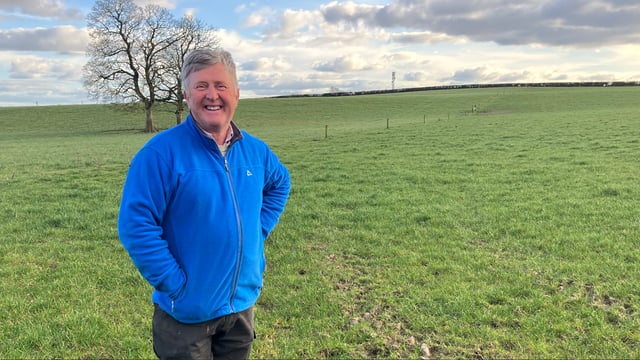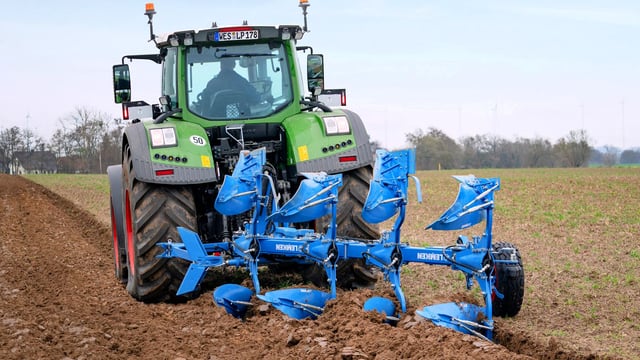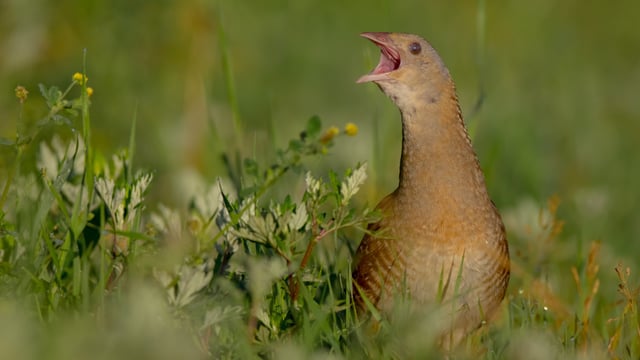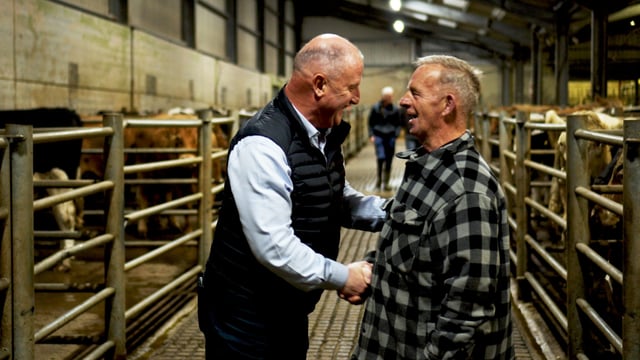Should we grab weather window to make high-quality silage?
The national forecast for the next number of days looks promising to make a quality first cut silage and, even though farmers may argue that it is early days yet for silage, they may regret their decision to wait if the weather was to break.
The weather right up until Sunday evening is set to be dry with sunny spells and even Sunday looks to only have an occasional light shower with high temperatures persisting, according to Met Éireann.
Cutting silage at this stage of May will ensure that farmers are cutting a very high quality silage of up around 75-80% dry matter digestibility.
The weather into next week looks to be promising, although that can change very quickly, so should farmers take this opportunity of good weather to secure their first cut silage?
The fear is that, as seen in recent summers, we can go for long spells of dry and sunny weather but once it breaks, rain can persist for weeks which would subsequently make it difficult to secure a cut.
Silage accounts for a large portion of an animal’s feed on the majority of Irish farms and the quality of this silage does have a significant impact. The more quality silage you make, the less concentrates and other supplementary feed that has to be fed.
Although most dairy farmers will be hoping to produce as little milk as possible off silage, it does have a role to play, particularly in the shoulders of the year and for some during mid-summer, as well as in a poor grass-growing year.
High quality first-cut silage
Every farm will have 80% dry matter digestibility (DMD) grass available to them in the field at some point over the next few days, but whether it is harvested at that stage or put off for a later date will dictate what DMD of grass makes it to the pit.
When grass is cut at a younger stage before it begins heading and getting stemmy, it will improve the digestibility, the palatability, and the protein content of the silage, which in turn leads to reduced need for costly supplementation.
Farmers often try to bulk up their first cut silage to make sure they have surplus feed for the winter, but bulking up your first cut and delaying the cutting date is only taking away from the first cut silage quality and bulk of subsequent cuts, so a balance needs to be struck.
Cutting now will lead to quicker and earlier re-growths, leading to an increased annual yield/ha over a number of cuts and, if a third cut is on the cards, then cutting now will certainly boost total annual production.
Regardless of the calving pattern, all dairy farmers should be aiming of a first cut with a high DMD (>70%), which will result in improved animal performance due to higher feeding values and increased intakes.
Once the grass starts heading, where the seed appears, the DMD will be at a maximum of 70% and will begin to drop by 1% DMD every few days thereafter.
Farmers will have to ask themselves whether the crop is going to bulk up much more over the next few days before it starts heading, and if it would be better to take advantage of the good growth spell to drive on re-growths to increase total annual silage production over a number of cuts
Cutting
It has been seen in recent years that where farmers have taken the decision to wait and bulk up first cut silage, the weather broke and harvests were then delayed by up two to three weeks.
Weather is a huge variable when it comes to making silage and, when unexpected weather arrives, the cutting date can be delayed, so farmers should try and take the good weather as it comes, especially when quality and quantity is well balanced at this point.
The ideal time to start mowing down is in the late-afternoon or evening when the dew is completely gone, there has been hours of sunshine, and grass sugar levels are high.
The higher the sugar content in the grass, the more food for bacteria and the quicker pH levels drop. The target sugar content to ensure good fermentation is 3% or higher.
When silage is knocked , many farmers will opt to tether the grass out - this should be done in ideal conditions immediately after it is knocked.
If the grass is then left to wilt for 24 hours and no more, it will have a good chance to dry out and build up a dry matter content of about 25%.
It is important however to not let the grass over wilt. This can also occur if the grass is tethered too many times as it only leads to dry silage, unstable pit faces, and in some cases, increased susceptibility to secondary fermentation, heating, and energy loss.











